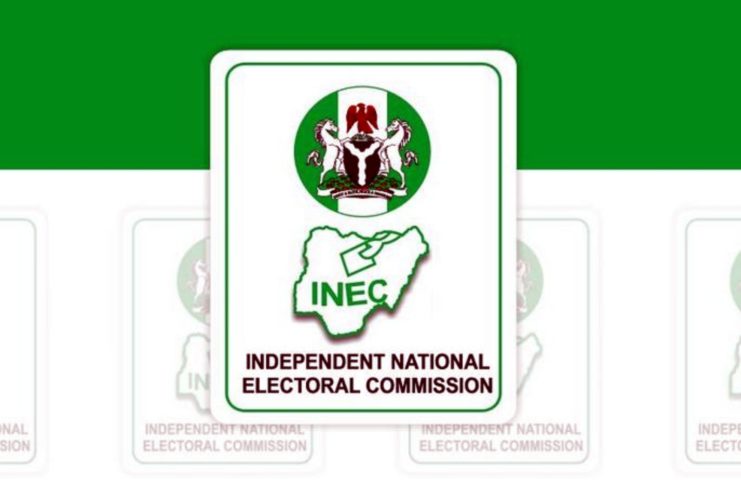Guidelines for Fresh Delineation of Wards/Registration Areas (RAs)
1. Population Equality: Boundaries of each ward/RA shall ensure the number of inhabitants is nearly equal to the population quota.
2. Local Government Boundaries: No ward shall span multiple local government areas.
3. Ward Limits per LGA: Each local government must have between 10 and 20 wards.
4. Polling Unit Cap: No ward shall have more than 50 polling units.
5. Geographical Compactness: Wards must be compact in shape, without disconnected parts, to represent coherent communities or geographic areas.
6. Special Considerations: Fragmented communities or those in difficult terrain may qualify as stand-alone RAs or wards.
7. Contiguity: All parts of a ward must share common boundaries to prevent gerrymandering.
8. Community of Interest: Wards should align with communities sharing social, cultural, economic, or geographic characteristics.
9. Cultural Balancing: Cultural and tribal balancing must be prioritized to avoid conflicts.
---
Guidelines for Establishing New Polling Units
Areas for Consideration
- New settlements.
- Areas with natural barriers (e.g., rivers, mountains).
- Communities distant from existing polling units.
- Areas with communal disputes sharing one polling unit.
- Highly populated existing polling units.
Stakeholder Engagement
- State Level:
INEC, CSOs, legislative members (national/state), NGOs, NOA, traditional rulers, youth organizations, market women groups, PWDs, faith-based organizations, political party leaders, and media.
- Local Government Level:
INEC, CSOs, political party leaders, traditional rulers, youth organizations, market women groups, PWDs, and applicable elected officials.
Features of a Polling Unit
- Must have a defined name, location, address, and description.
- Maximum of 750 registered voters.
- Located in a public building or open space with adequate space for voters, officials, and security.
- Proximity:
- Rural areas: Maximum 1 km from voters.
- Urban areas: Maximum 500 meters.
- Must serve all unserved settlements.
- Adequate lighting, ventilation, and accessibility for PWDs and the elderly.
- Must respect traditional, historical, and customary community boundaries.
Prohibited Locations for Polling Units
- Places of worship (churches, mosques, shrines).
- Near petrol stations, riverbanks, or motor garages.
- Public buildings displaying political symbols, logos, candidate pictures, or politicians’ names.
- Shared by conflicting communities.
- Must not have fewer than 50 registered voters unless in difficult terrain/isolated areas.
- Must not duplicate names or codes of existing polling units.
Appropriate Locations for Polling Units
- Public primary/secondary schools.
- Public tertiary institutions.
- Community halls.
- Recreational centers.
- Open spaces.
- Public viewing centers.
- Spacious, accessible locations with shelter and seating.
Conclusion
These guidelines aim to ensure equitable representation, administrative efficiency, and inclusivity in Warri Federal Constituency’s electoral process. Stakeholder collaboration and adherence to geographical, cultural, and logistical standards are emphasized.
*End of Document.*
---
*Published as received. For updates, follow our blog.*
